A long time ago, in an article on the importance of storing fats and cooking oils, I read about how having oil lets you turn ‘nearly nothing’ into satisfying, filling foods. Squash blossoms are one example. They’re nearly nothing, calorie-wise. But mix up a little thin pancake batter, dip the blossoms, and fry them—and then they’re really something! Squash plants produce male flowers and female flowers; you pick and cook with the male flowers, leaving the female flowers to grow into squash. Because the male flowers can’t. (If anyone knows where that earlier article was, I'd love to know!)
Here’s a recipe for .cheese-stuffed fried squash blossoms How about stuffing them with your own cheese, made from your sour milk or powdered milk?
What do you need to know about storing fats and oils? Here’s the Cliff Notes version--
- Any kind of fat or oil can be stored, but some last longer than others.
- Use what you store
- Store oil or fat as cool and dark as you can. It makes a big difference.
- Nothing is so sure as change—and the science of what we know about fats has caused some major shifts.
Here’s the longer version-- I’ve modified what is in the “Bee Prepared Pantry Cookbook”, available as a free pdf.
Contents
WHY STORE FAT?.
FATS? OIL? WHAT’S THE DIFFERENCE?.
STORING FATS AND OIL.
STORAGE LIFE.
TYPES OF FATS.
USING FATS AND OILS.
WHY STORE FAT?
We need fat! Fat is essential in every diet. Fats and oils play an important role in our perception of taste and texture and their absence would make many foods more difficult to prepare and consume. A small amount of dietary fat is necessary for our bodies to properly absorb fat-soluble vitamins like A, D, E, and K. Coconut oil, cooking oils, butter, ghee, peanut butter, mayonnaise, and shortening are suggested for storage. (“Shortening” is really a term that means a fat that is solid at room temperature, so it includes lots more than the stuff that comes in a big paper can.)
FATS? OIL? WHAT’S THE DIFFERENCE?
All oils are fats, but not all fats are oils. They are very similar to each other in their chemical makeup, but what makes one an oil and another a fat is the percentage of hydrogen saturation in the fatty acids of which they are composed. The fats and oils which are available to us for culinary purposes are actually mixtures of differing fatty acids—saturated fats are solid at room temperature (70 F) and the unsaturated fats we call oils are liquid at room temperature. For dietary and nutrition purposes, fats are generally classified as saturated, monosaturated, and polyunsaturated. This is just a further identifying of the amount of saturation of the particular composition of fatty acids in the fats.
STORING FATS AND OIL
Exposure to oxygen, light, and heat are the greatest factors to rancidity. Transparent glass and plastic containers should be stored in the dark, such as in a box. They should be stored at as cool a temperature as possible and rotated as quickly as is practical.
Oxygen is eight times more soluble in fats than in water and it is the oxidation resulting from this exposure that is the main cause of rancidity. Generally, the more polyunsaturated a fat is, the faster it will go rancid. This may not at first be readily apparent because vegetable oils have to become several times more rancid than animal fats before our noses can detect it.
STORAGE LIFE
Unopened cooking oils have a shelf life of about a year or two before becoming rancid, so you need to be using what you store! Eating rancid fats—in addition to having off-flavors—can lead to vitamin and protein deficiency, since the rancid fats destroy them. Vitamins A, D, E, and B7 are among those at risk. Oils don’t magically go rancid after hitting their ‘best by’ date; it’s a process. My personal experience is that oils stored below 70°F, in the dark, take at least twice as long to go rancid as those stored in brighter conditions above 70°F.
Once opened, some oils should be refrigerated. (See here for an explanation.) If the oil turns cloudy or solid, it is still perfectly usable and will return to its normal liquid, clear state after has warmed to room temperature. Left at room temperatures, opened bottles of cooking oils can begin to become rancid in anywhere from a week to a couple of months, though it may take several more months to reach such a point of rancidity that it can be smelled.
Olive oil also oxidizes as it sits; after a year or two, even your extra virgin olive oil would no longer pass the EVOO tests.
The culinary fats with the longest shelf life as they come from the store are coconut oil, cans of shortening, and sealed jars of ghee. Butter is sometimes canned too. (Red Feather sells butter in sealed metal cans, with a long shelf life.) See here for what you need to know about canning butter at home. Solid shortening now is usually composed of partially hydrogenated vegetable oils and/or naturally saturated palm oil, but there are some that also contain animal fats.
TYPES OF FATS
For a list of some of the healthiest fats, see here.
Monounsaturated fat remains liquid at room temperature but may begin to solidify if refrigerated.
Polyunsaturated fat is liquid at room temperature and when refrigerated.
Omega-3 fatty acids are polyunsaturated fats found mostly in seafood as well as flaxseeds, flax oil, and walnuts. Eating Omega-3 fatty acids appear to decrease inflammation in the body. The latest research indicates we do best eating a 1:1 ratio of Omega-6 and Omega-3 fats.
Saturated fat is usually solid at room temperature.
Trans fat is the result of adding hydrogen to vegetable oil. This makes it solid and gives it a longer shelf life but causes inflammation. Look for the words “partially hydrogenated” or “fully hydrogenated” on the ingredient list to detect trans fats.
USING FATS AND OILS
The conventional wisdom used to say that to increase good fats and decrease bad fats, use canola oil when baking. It appears now that’s wrong. Coconut oil is the healthier fat – and new evidence points to nutrition benefits of using butter; both work wonderfully in baking. The more processing it takes to make an oil or fat, the more it tends to promote inflammation.
Use olive oil, coconut oil, or ghee instead of butter when sautéing; they have a higher smoke point.
Use olive oil rather than vegetable oil in salad dressing. You can use olive oil or avocado oil in making homemade mayonnaise, and there are even recipes for making it with coconut oil. (Homemade mayo is worlds above store-bought!)
Store what you use, and use what you store.
If oil has gone rancid, it can still be useful in your storage—it can be used for light and heat.
What other questions do you have about storing and using fats and oils?
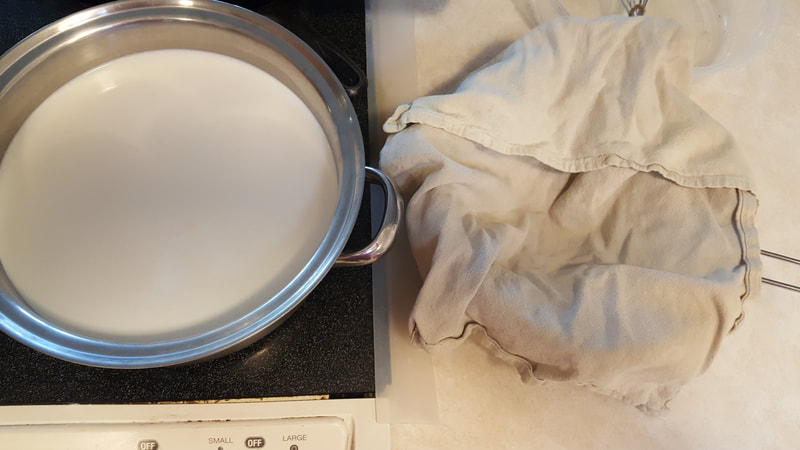
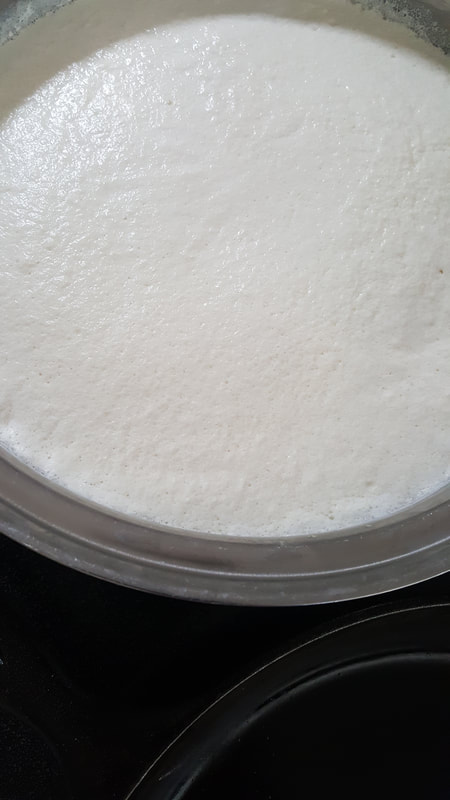
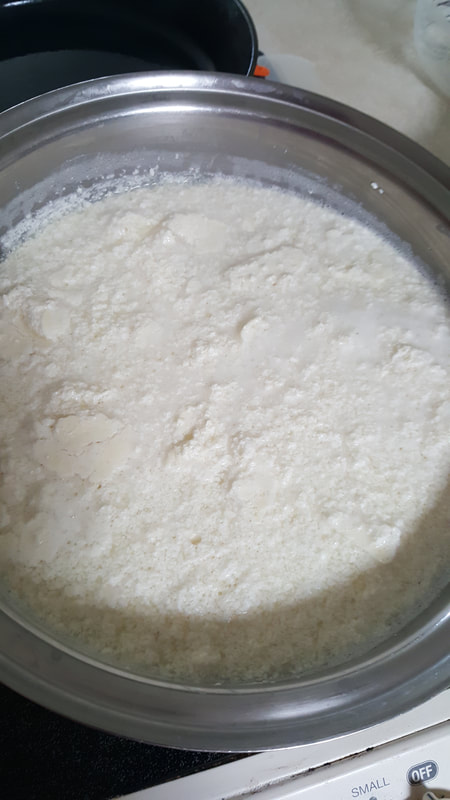
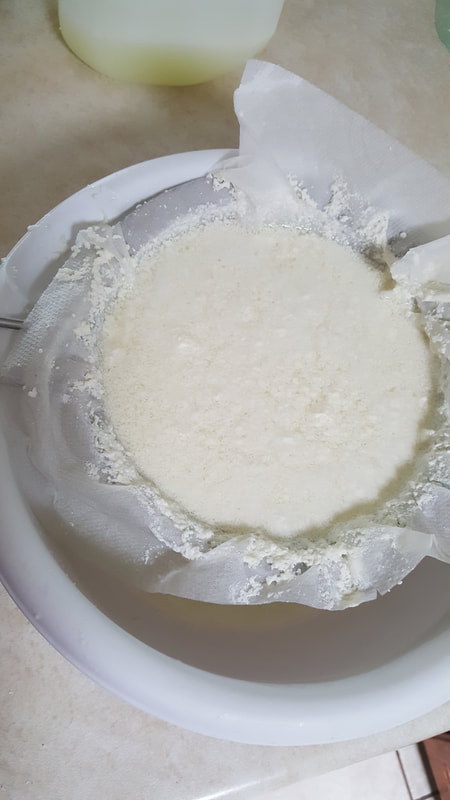
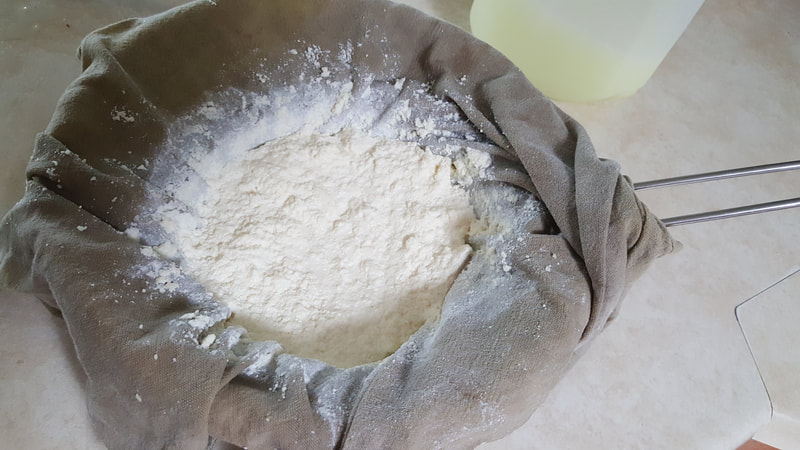
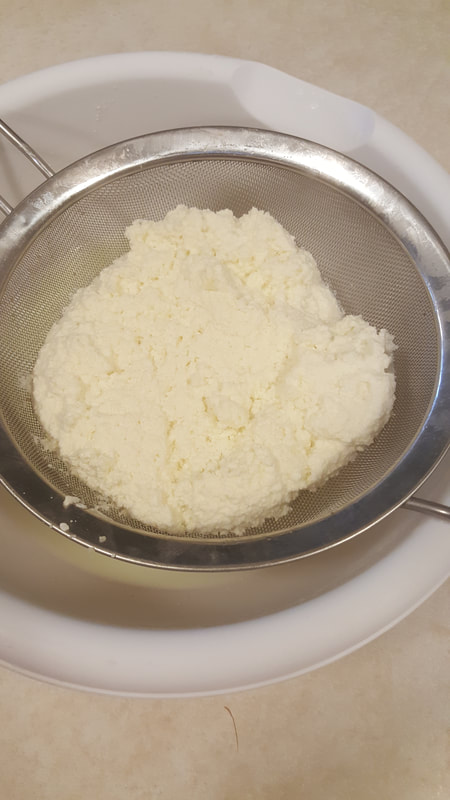
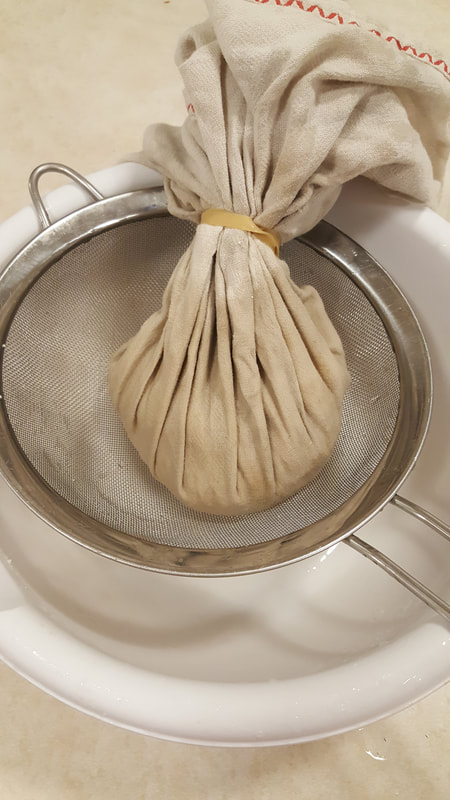

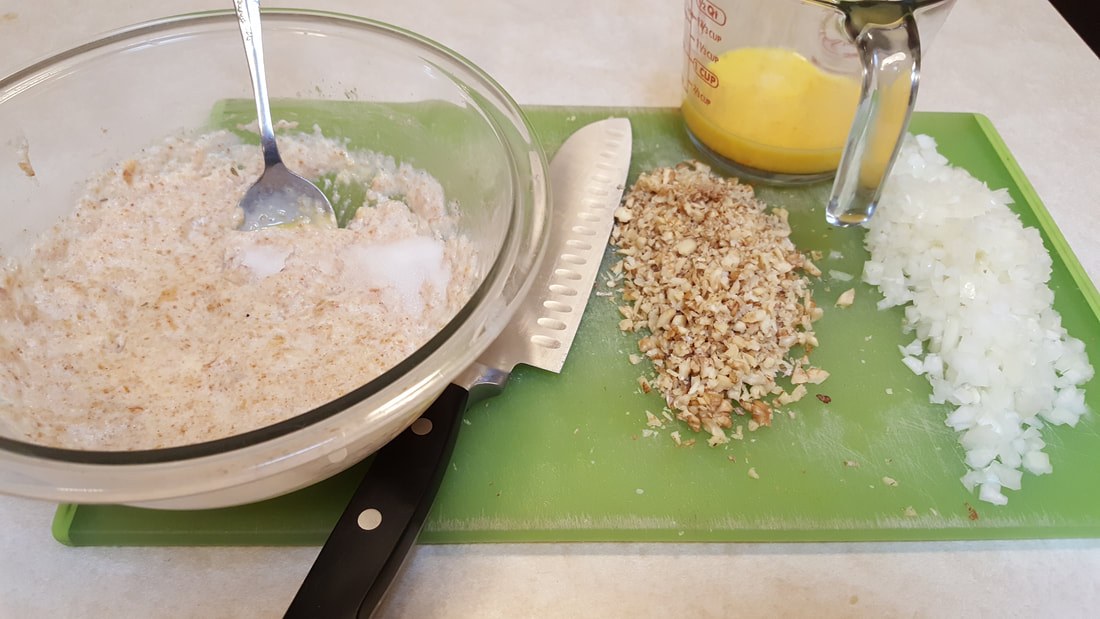

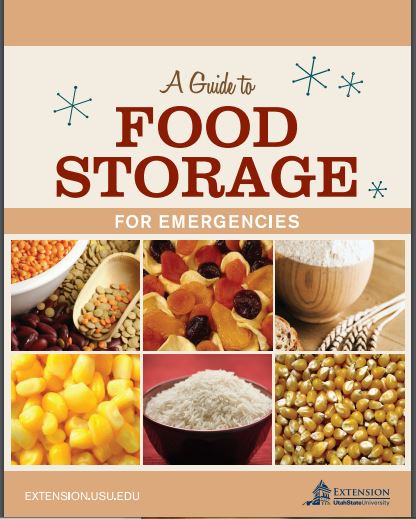
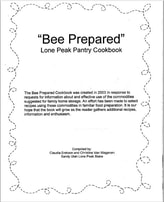
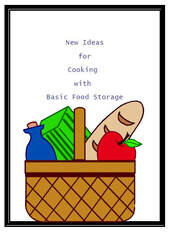
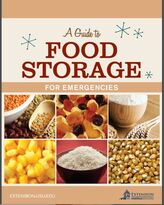
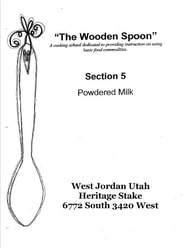
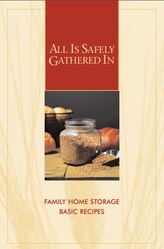
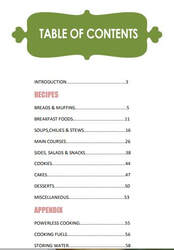
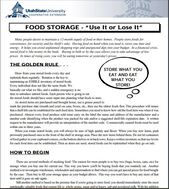
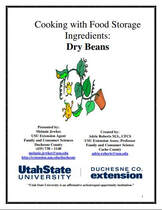
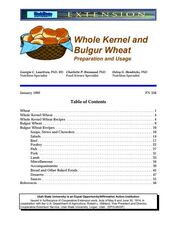
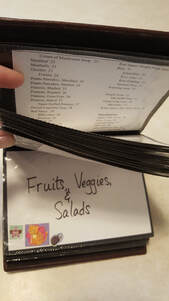
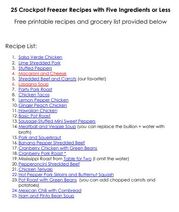
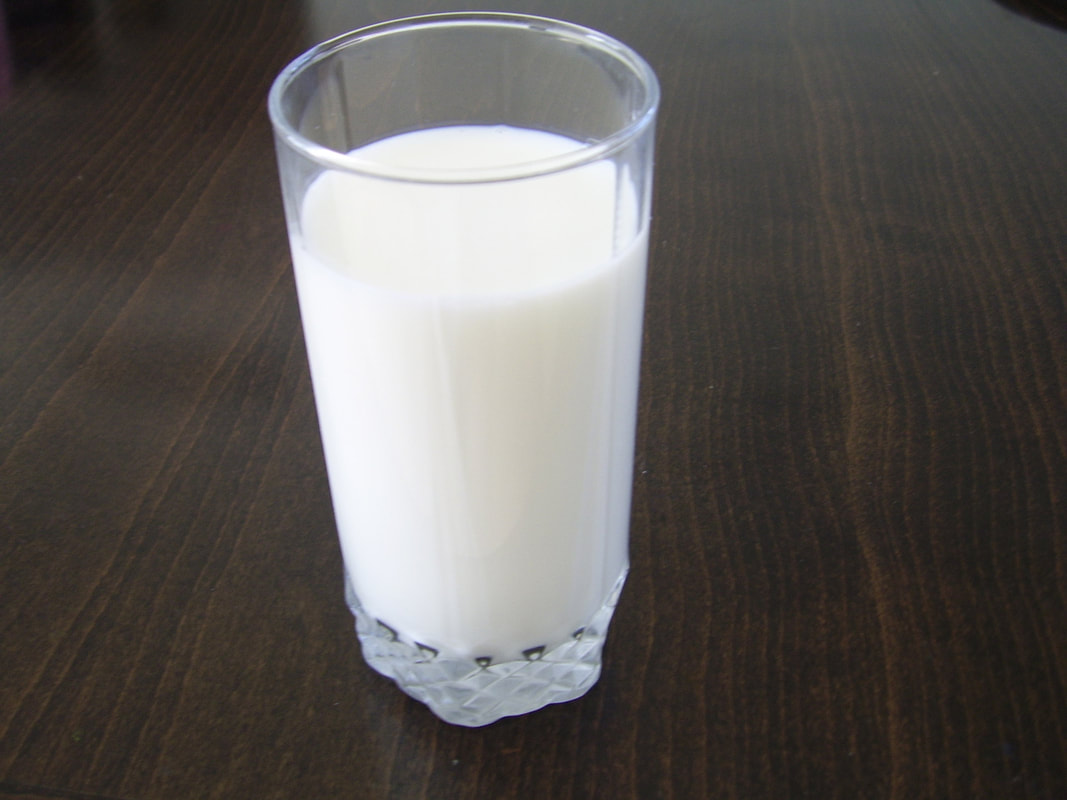
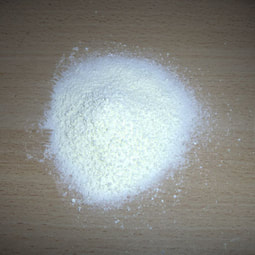
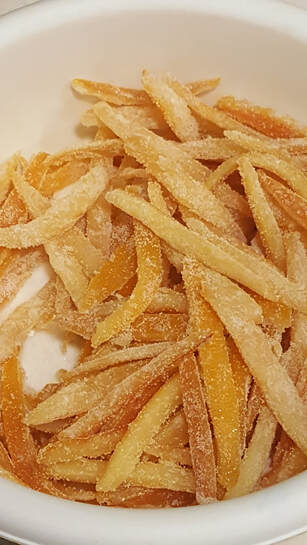
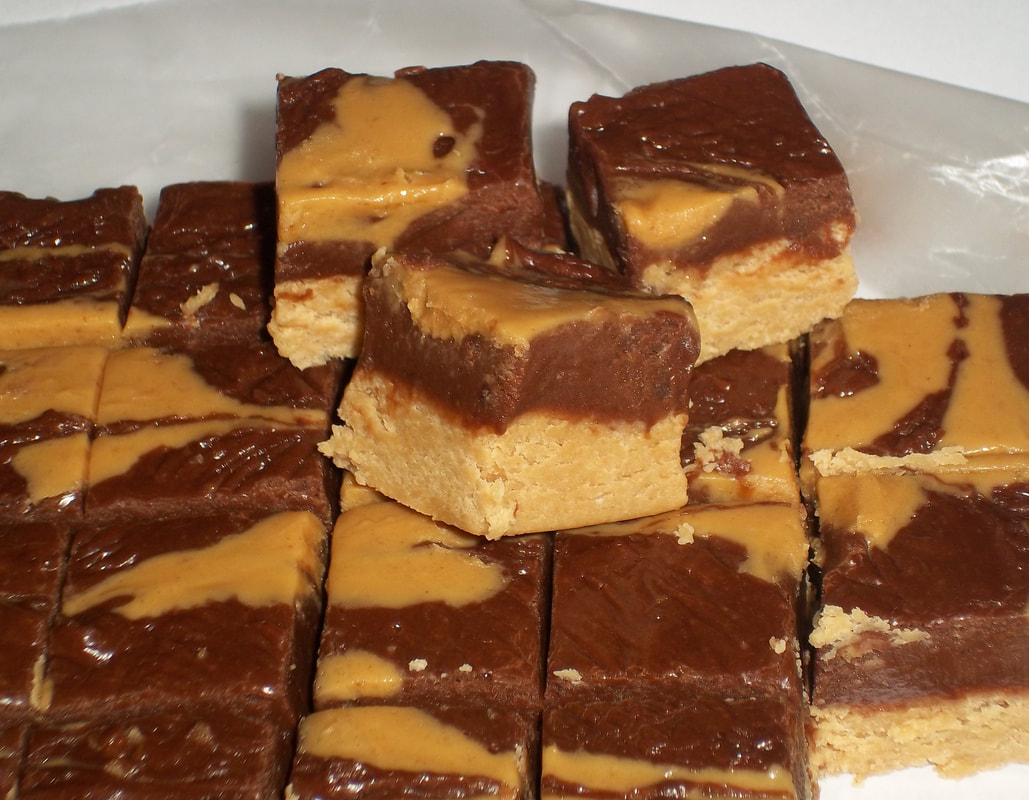

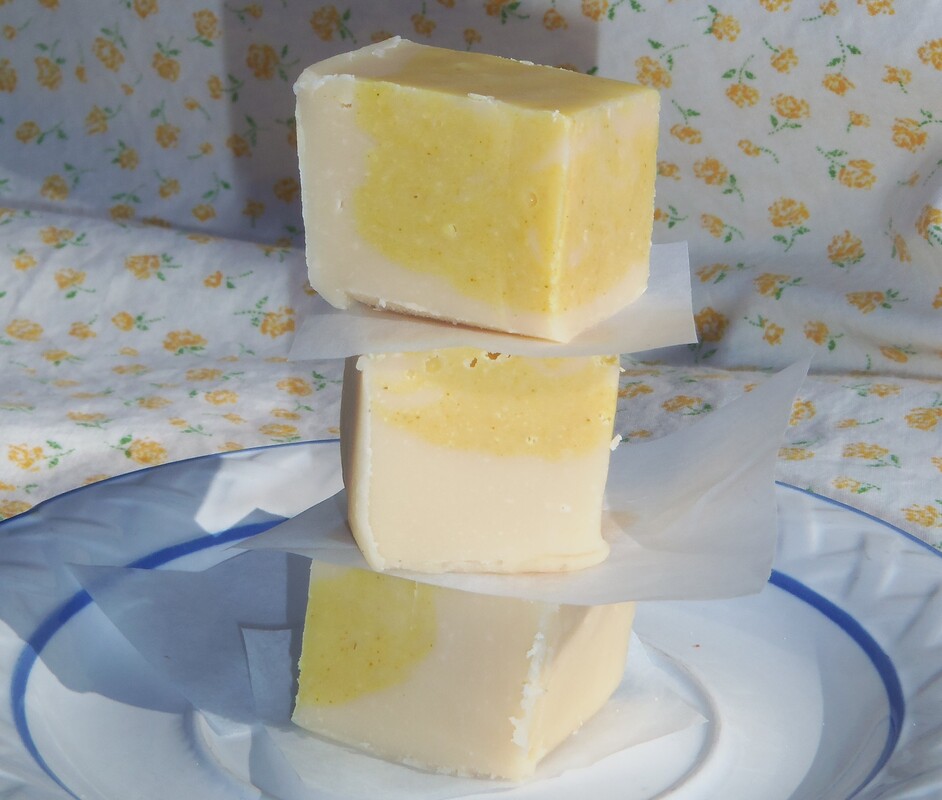
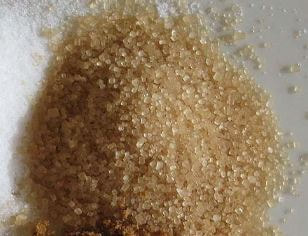
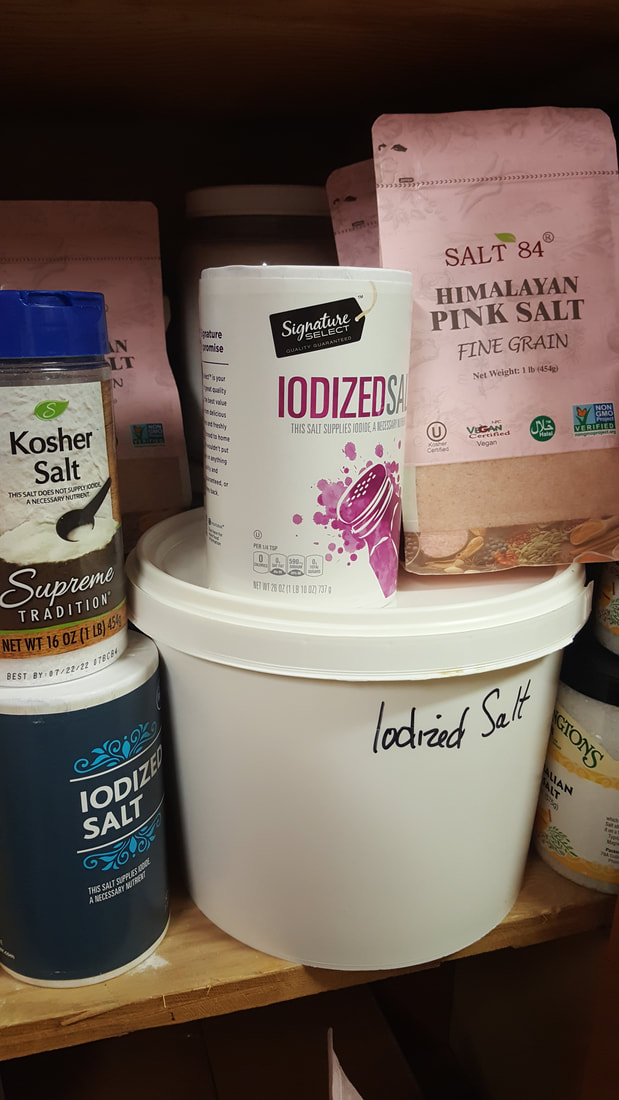
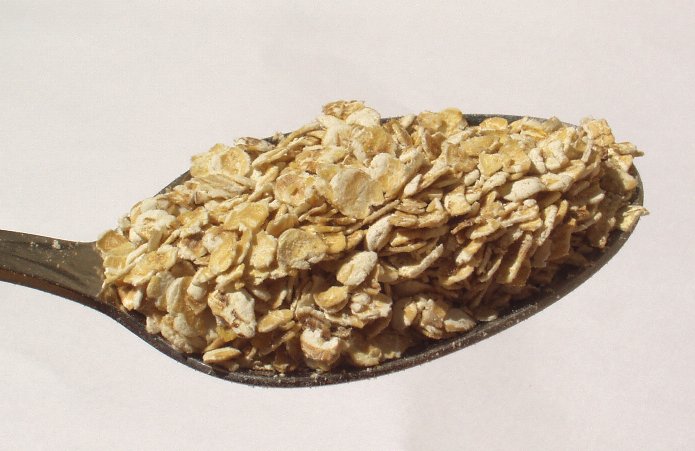
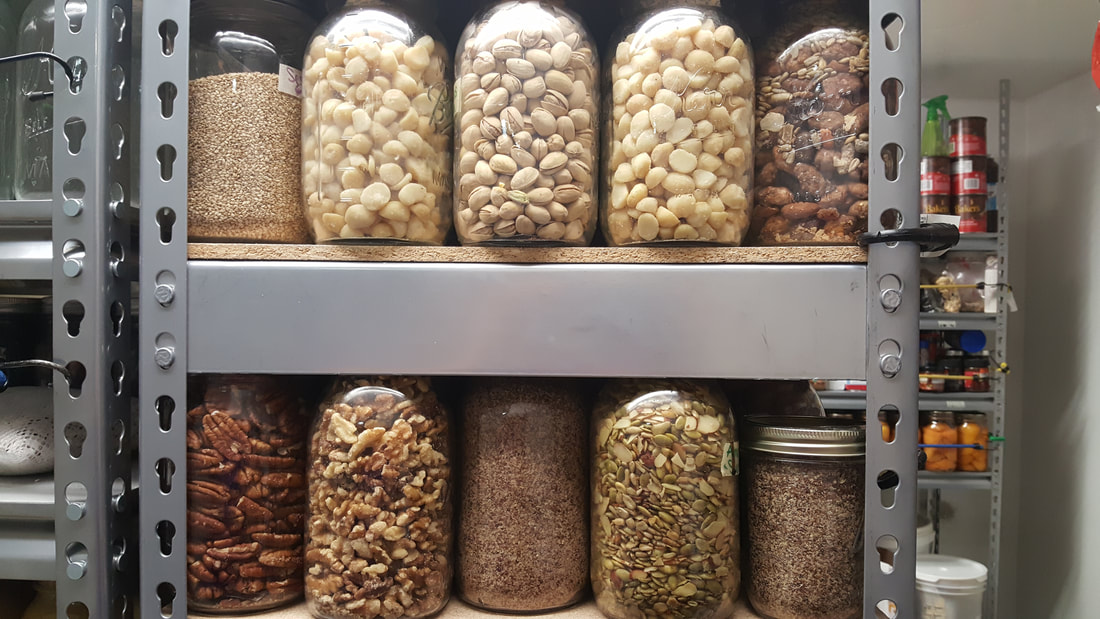

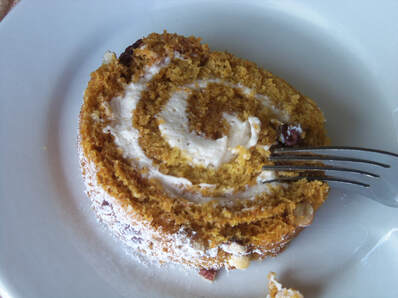
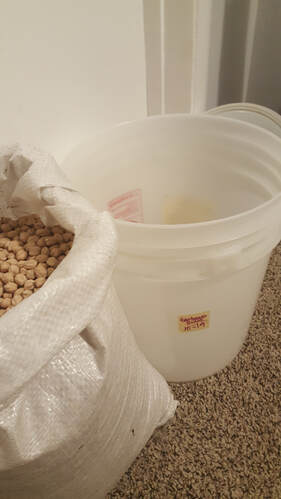
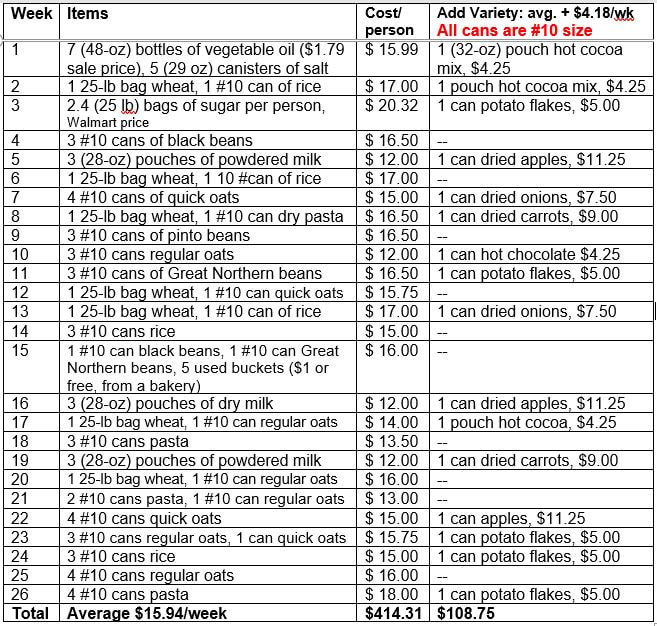
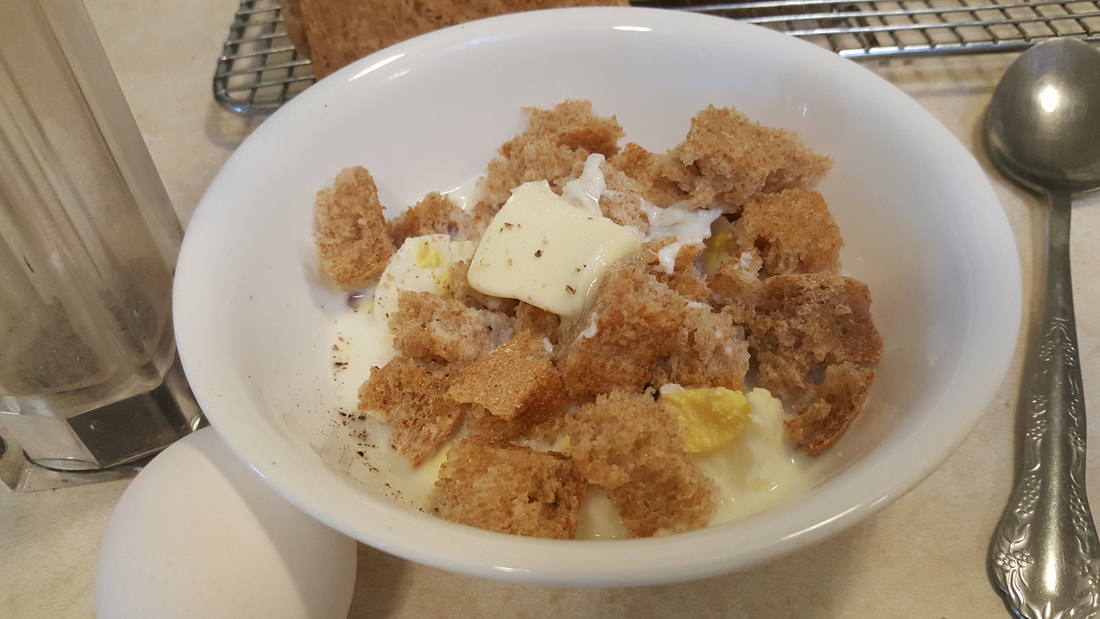
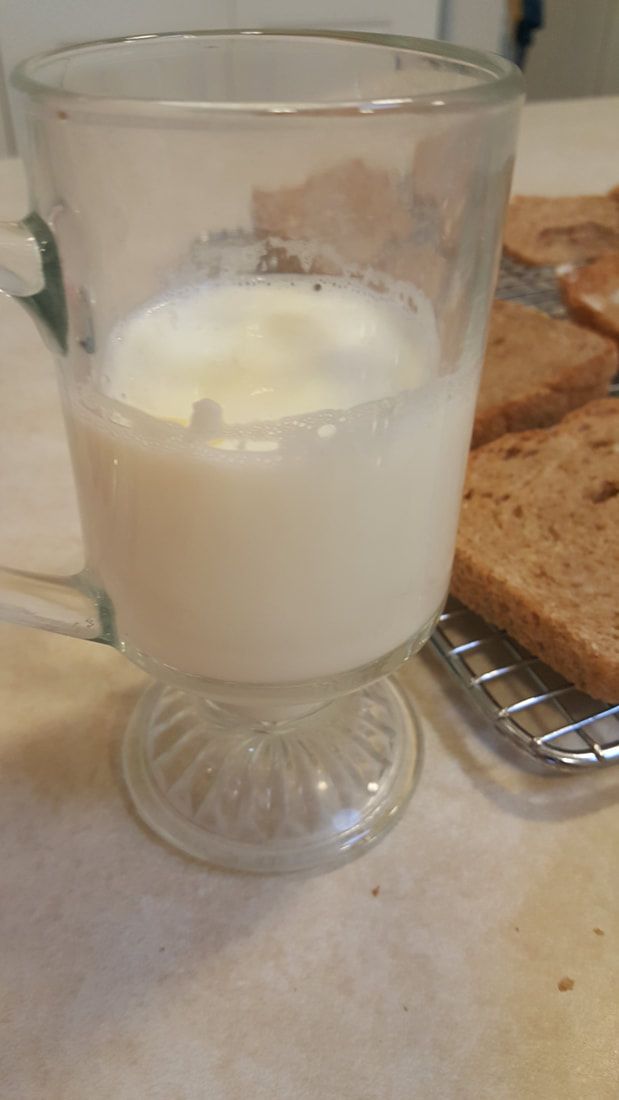
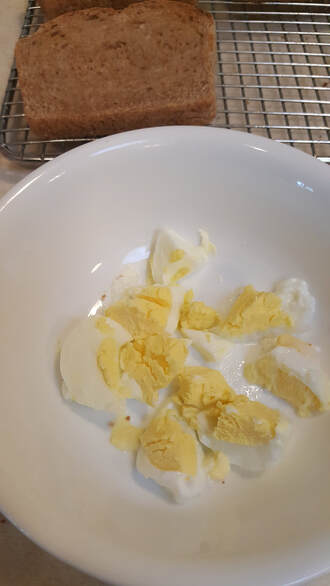
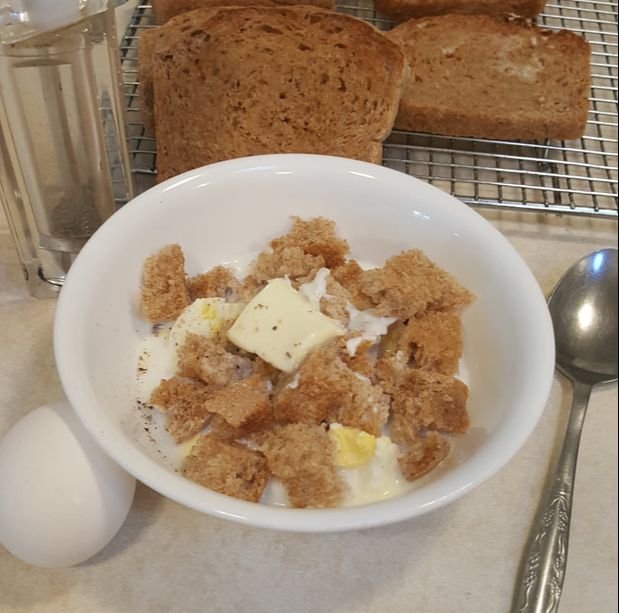
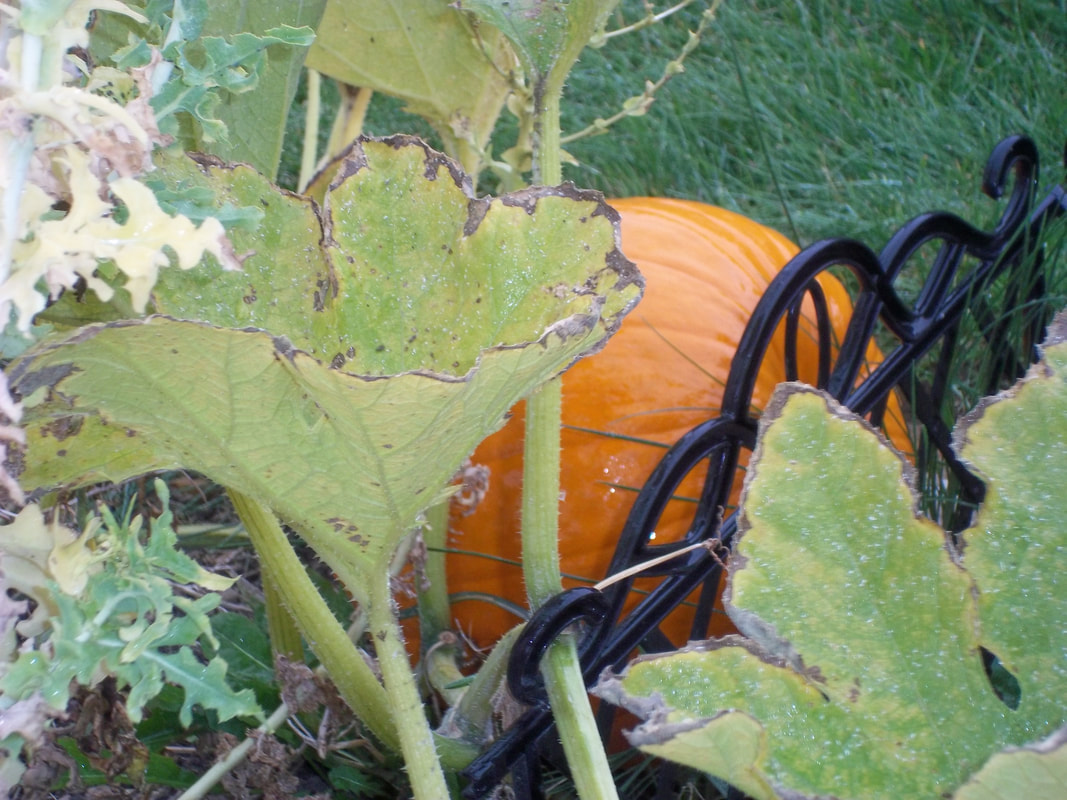
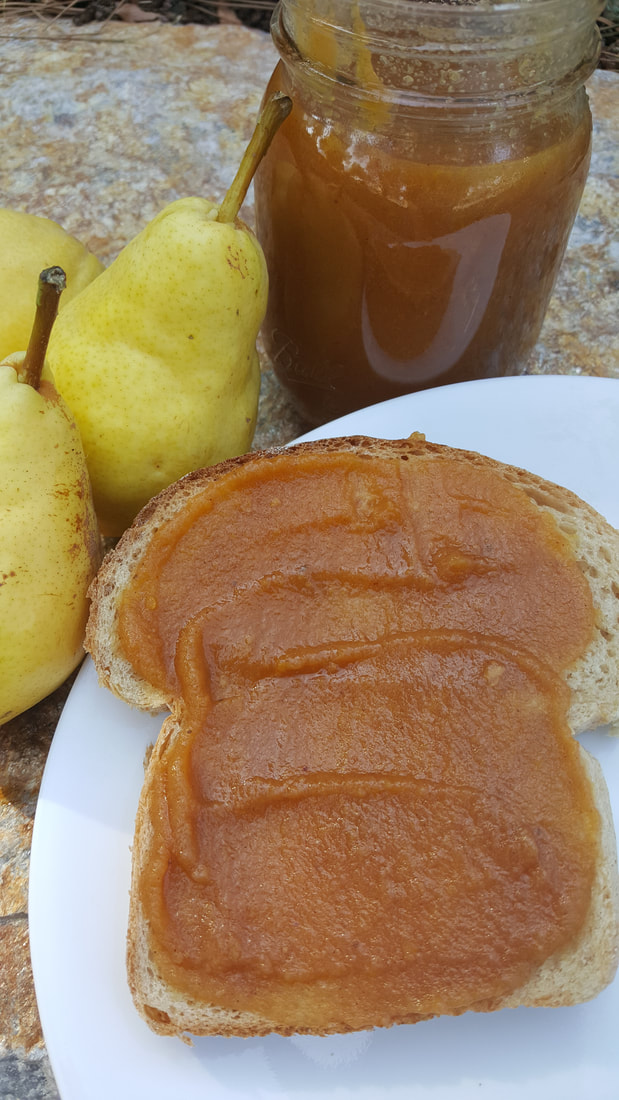
 RSS Feed
RSS Feed